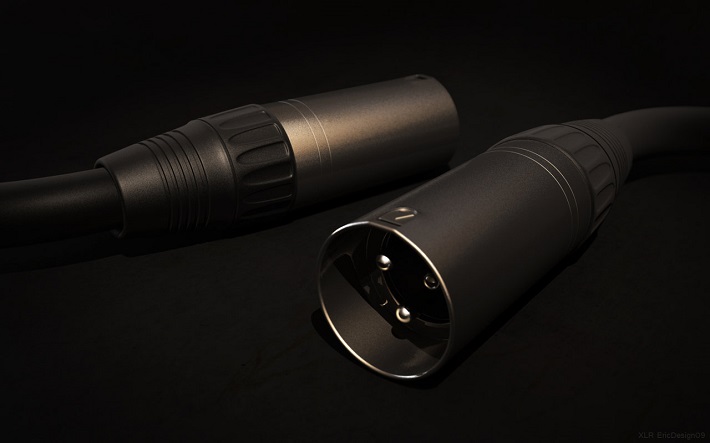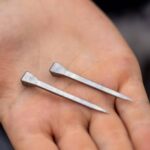People and music have an unbreakable bond that’s always been present; ever since the beginning of humans music has been part of everyday life. Singing and dancing were the means to pass down cultural treasures from generation to generation even before there was the chance of recording. Once technological advancements started happening on a large scale and becoming significant, recording brought about many more job prospects, with more professions emerging, such as those of singers, musicians, songwriters, managers and owners of recording studios. Of course, times have changed since these professions started becoming popular. This goes for the value of quality, the value of audio quality in particular.

The modern world as we know it wouldn’t exist without electricity. This makes us so dependent on electronics and appliances that they aren’t even considered a luxury but rather something indispensible. This means we’re surrounded by transmissions such as wi-fi and radio, with plenty of audio pollution around us and while it’s not something we’re bothered by, it can be quite the nuisance for professionals, such as audio engineers, who are after pure and undisrupted audio signal. You can’t omit the use of all the electricity and appliances but you can rely on something that comes in handy with audio quality: cables. If you want to get the high quality audio signal, buy the best XLR cable. Why? Because it can make a world of difference to your audio system.
The less money you’d spend on a cheap XLR cable would mean along with the vocal’s sound you’d get additional hums that have nothing to do with your audio system, so investing in the best XLR cable is not just the suggested option, but the prudent one as well in the long run. The XLR cable is a microphone cable that, in the likes of other cables, consists of internal wires as the conductors of signal, the shielding protecting the conducting of signal and the additional three prolonged connectors necessary for connection on both ends. Distance and length of the cable usually make for more trouble but not when you have a properly balanced cable.
The problem of noise happens with the microphone, operating at low voltages meaning it requires a great deal of amplification so the signal can travel through the audio system. By the time the signal arrives, additional noises get amplified as well which can only be solved with a proper cable. The noise appears in both conductors during the transmission and this is where the cleaning, i.e. phasing out of the noise happens. Quality XLR cables have quality conductors, since it’s them that carry the audio signal, so they have conductors made of copper – metal that doesn’t weaken, is corrosion resistant and makes for a durable connection.



